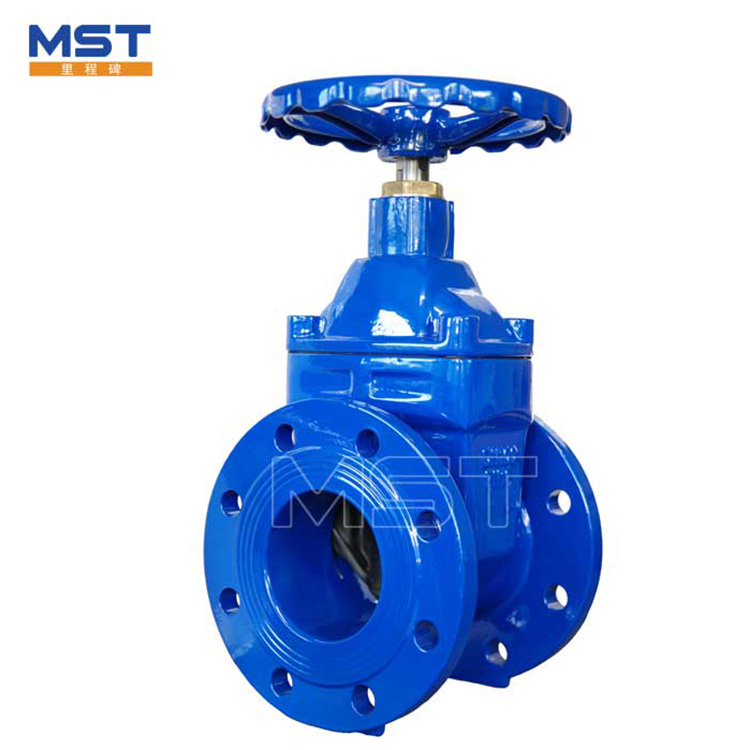 English
English Español
Español  Português
Português  русский
русский  Français
Français  日本語
日本語  Deutsch
Deutsch  tiếng Việt
tiếng Việt  Italiano
Italiano  Nederlands
Nederlands  ภาษาไทย
ภาษาไทย  Polski
Polski  한국어
한국어  Svenska
Svenska  magyar
magyar  Malay
Malay  বাংলা ভাষার
বাংলা ভাষার  Dansk
Dansk  Suomi
Suomi  हिन्दी
हिन्दी  Pilipino
Pilipino  Türkçe
Türkçe  Gaeilge
Gaeilge  العربية
العربية  Indonesia
Indonesia  Norsk
Norsk  تمل
تمل  český
český  ελληνικά
ελληνικά  український
український  Javanese
Javanese  فارسی
فارسی  தமிழ்
தமிழ்  తెలుగు
తెలుగు  नेपाली
नेपाली  Burmese
Burmese  български
български  ລາວ
ລາວ  Latine
Latine  Қазақша
Қазақша  Euskal
Euskal  Azərbaycan
Azərbaycan  Slovenský jazyk
Slovenský jazyk  Македонски
Македонски  Lietuvos
Lietuvos  Eesti Keel
Eesti Keel  Română
Română  Slovenski
Slovenski  मराठी
मराठी  Srpski језик
Srpski језик
Gate valve movement mode
2023-09-05
When the gate valve is closed, the sealing surface can be sealed only by the medium pressure, that is, only rely on the medium pressure to press the sealing surface of the gate plate to the valve seat on the other side to ensure the sealing of the sealing surface, which is self-sealing. Most of the gate valve is forced seal, that is to say, when the valve is closed, the gate should be pressed to the valve seat by external force, so as to ensure the sealing surface sealing.
Movement mode: The gate of the gate valve moves in a straight line with the valve stem, which is also called a rising stem gate valve. Usually there is a trapezoidal thread on the lifter, and through the nut at the top of the valve and the guide groove on the valve body, the rotating motion is changed into a straight line motion, that is to say, the operating torque is changed into the operation thrust. When the valve is opened, when the lift height of the gate plate is equal to 1:1 times the diameter of the valve, the passage of the fluid is completely unblocked, but this position cannot be monitored during operation. In actual use, the apex of the valve stem is used as a sign, that is, the position where the valve stem does not move is taken as its fully open position. In order to consider the locking phenomenon of temperature changes, it is usually opened to the top position, and then reversed 1/2-1 turn, as the fully open valve position. Therefore, the fully open position of the valve is determined according to the position of the gate (that is, the stroke). Some gate valve stem nuts are set on the gate plate, and the rotation of the hand wheel drives the valve stem to rotate, thereby lifting the gate. This kind of valve is called Rotary stem gate valve or dark stem gate valve.





